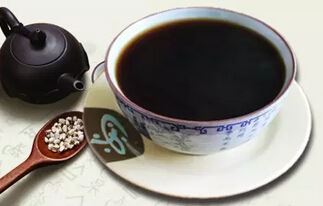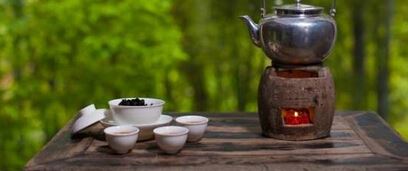
With the improvement in social living standards and the enhancement of cultural tastes, an increasing number of people have started to enjoy tea. The Health benefits of tea, such as weight loss and detoxification, are becoming more widely known.
The demographic of tea drinkers is gradually shifting from being predominantly elderly to a younger audience. Some prefer the fresh aroma of Green Tea, others the mellow taste of oolong tea, and there are those who appreciate the color of black tea.
However, if you choose a type of tea that isn't suitable for you and drink too much of it, it can cause discomfort and harm your digestive system.
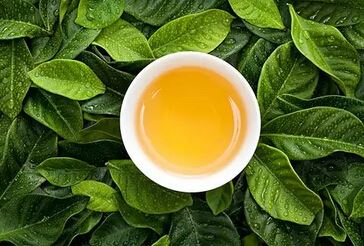
Chrysanthemum Tea:
Many people turn to chrysanthemum tea to reduce internal heat. According to Traditional Chinese Medicine (TCM), chrysanthemum has a sweet-bitter taste and is slightly cold in nature. While chrysanthemum tea can clear heat and toxins, it should not be consumed continuously over long periods. Drinking it once or twice a week is generally sufficient. It is especially advisable for those who are physically weak, have spleen deficiency, stomach cold, or diarrhea to avoid drinking too much, as excessive consumption can cause discomfort to the stomach and body.
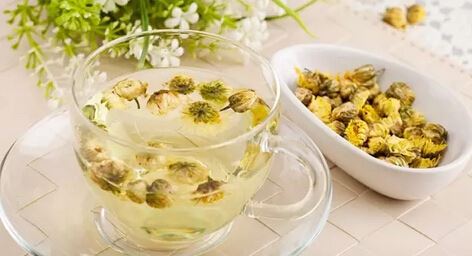
Green Tea:
Green tea is effective at clearing heat and promoting diuresis, helping the body expel harmful substances. It is most beneficial for those with damp-heat conditions and also has anti-cancer properties and protection against radiation.
However, green tea is the most cooling among all types of tea and is least suitable for those with a cold stomach. In northern regions where the climate is dry and damp-heat conditions are less common, many tea enthusiasts experience stomach discomfort after consuming too much green tea.
Teas like Longjing, Biluochun, and Maojian are all green teas, and drinking them frequently can cause stomach discomfort for those prone to stomach pain.

Yellow Tea:
The processing method for yellow tea is similar to that of green tea, except that a step called “flash yellowing” is added, which results in the “yellow leaf, yellow liquor” characteristic.
Yellow tea is cool in nature and can significantly impact the stomach. Major varieties on the market include Junshan Silver Needle and Huoshan Yellow Bud, but production is usually limited and mainly sold locally, making it difficult to find elsewhere.
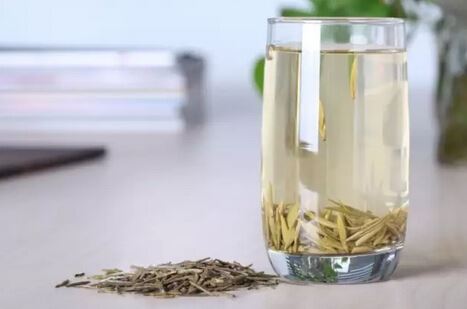
White Tea:
In recent years, the medicinal value of white tea has gained increased attention, leading to its growing popularity. White tea is often described using the phrase “one-year tea, three-year medicine, seven-year treasure.”
Main varieties of white tea include Shoumei, Bai Mudan, and Fuding white tea. Generally, white tea is considered cool in nature and should not be consumed excessively. However, older white teas, due to longer storage times and subsequent oxidation, become less cooling and can be consumed in moderation.
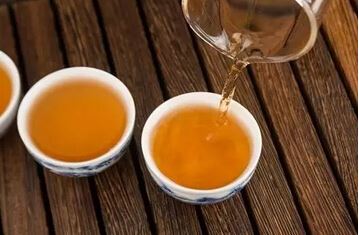
Raw Pu'er:
Pu'er tea is widely recognized as the type of tea with the most benefits for human health. Based on whether it undergoes artificial fermentation, Pu'er tea can be divided into raw and ripe varieties. Ripe Pu'er, due to its fermentation process, has a milder nature and is warm in character, making it suitable for those with a cold stomach. However, raw Pu'er, being stronger and cooler in nature, is not good for the stomach.
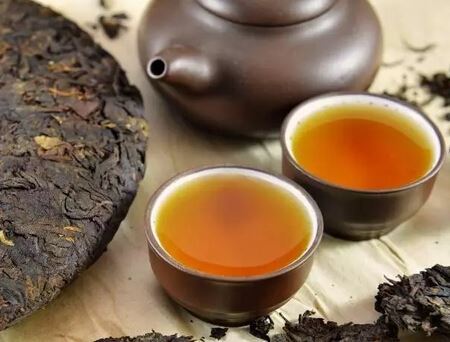
Cooling Tea:
Cooling tea is made by boiling herbs with cooling properties and can help eliminate summer heat or alleviate throat pain caused by winter dryness. Due to its very cooling nature, it is not recommended for those with stomach issues. Therefore, it should be consumed sparingly.
